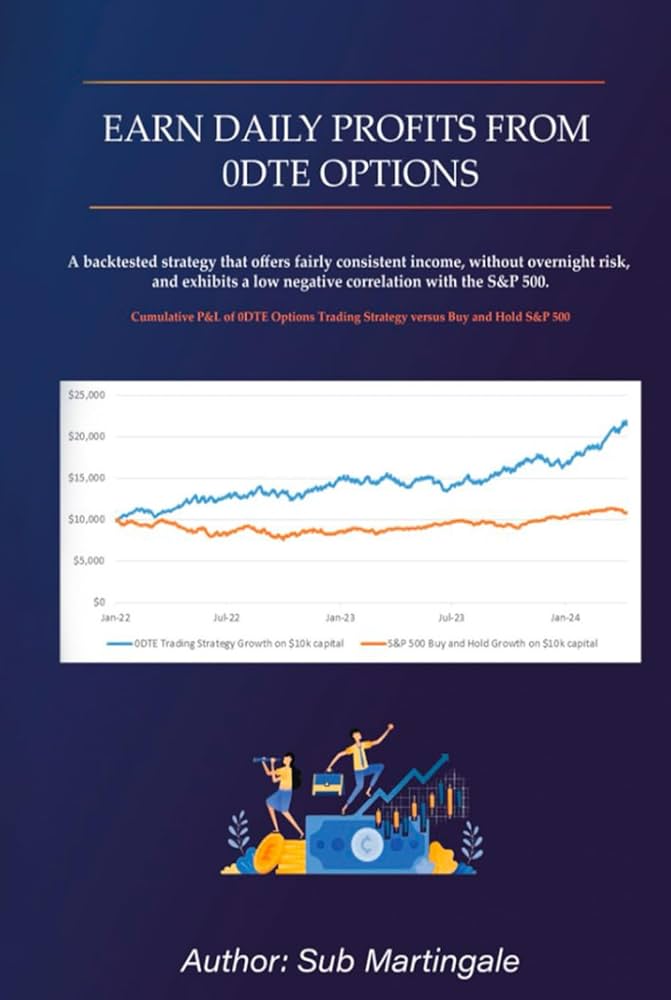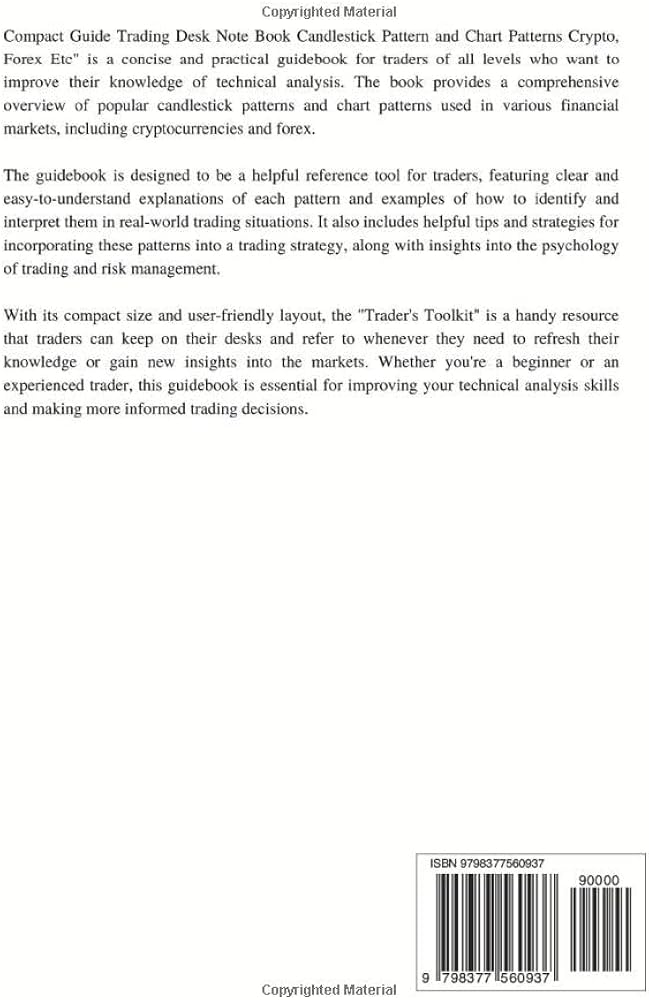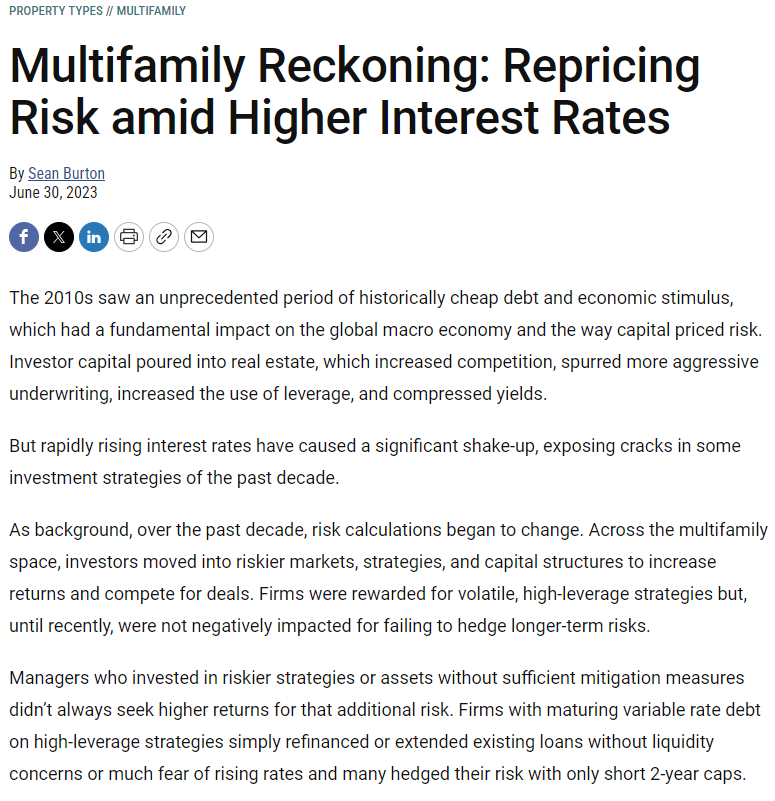Did you know that even the most seasoned traders sometimes lose money on a winning day? Understanding how to hedge risk is essential for day traders looking to protect their investments. In this article, we delve into the best methods for managing risk in day trading, covering effective strategies like stop-loss orders, options trading, and the importance of diversification. You'll learn how futures contracts can shield against market volatility, the critical role of position sizing, and how correlation analysis can fortify your approach. We also discuss the effectiveness of trailing stops versus fixed stops, the benefits of using inverse ETFs, and the impact of leverage on your risk strategies. Plus, we highlight common pitfalls to avoid and how trading algorithms can enhance your risk management. With insights from DayTradingBusiness, you'll discover whether it's truly possible to eliminate risk in day trading and how to make informed decisions for a more secure trading experience.
What are the most effective risk hedging strategies for day traders?
Use stop-loss orders to limit losses on individual trades. Diversify trades across different assets to reduce exposure. Employ options like puts for downside protection. Maintain a disciplined trading plan to avoid emotional decisions. Keep position sizes small relative to your capital. Use trailing stops to lock in gains and minimize risk. Monitor market volatility to adjust strategies proactively. Avoid over-leveraging to prevent amplified losses.
How can stop-loss orders help manage risk in day trading?
Stop-loss orders limit potential losses by automatically selling a position when it hits a set price, helping day traders cut losses quickly. They act as a safety net during volatile moves, preventing small dips from turning into big losses. Using stop-loss orders ensures you stick to your risk management plan, protecting your capital in unpredictable markets.
Which options strategies are best for hedging day trading positions?
Using options strategies like buying protective puts and executing vertical spreads, such as bear put spreads or bull call spreads, effectively hedges day trading risks. Protective puts allow you to insure your positions against sudden drops. Vertical spreads limit downside while capping gains, reducing exposure during volatile moves. These strategies help manage risk without sacrificing too much upside.
How does diversification reduce risk in day trading?
Diversification spreads your trades across different assets, reducing exposure to any single market move. By not putting all your capital into one stock or currency, you limit potential losses if one position tanks. It smooths out volatility, so a bad trade in one asset doesn’t wipe out your gains or bankroll. Using a mix of stocks, forex pairs, or commodities ensures that when some markets dip, others might stay steady or rise, balancing your overall risk.
Can using futures contracts protect against market swings?
Yes, futures contracts can protect against market swings by locking in prices and offsetting potential losses in the underlying asset. They act as a hedge, allowing traders to mitigate risk during volatile periods.
What role does position sizing play in risk management?
Position sizing controls how much money you risk on each trade, limiting potential losses. It ensures you don’t overexpose your account to one trade, helping you stick to your risk limits. Proper sizing balances risk and reward, preventing small losses from spiraling into big ones. Use fixed dollar or percentage-based sizing to align with your overall risk management plan.
How can correlation analysis help hedge day trading risks?

Correlation analysis helps hedge day trading risks by identifying how different assets move together. If two stocks are highly correlated, trading them simultaneously can amplify losses. By analyzing correlations, you can select uncorrelated or negatively correlated assets to diversify and reduce risk. It also reveals when market conditions shift, allowing timely adjustments to your hedge positions. Using correlation data, you can create balanced portfolios that minimize exposure to sudden market swings during day trading.
Are trailing stops more effective than fixed stops for risk control?
Trailing stops are generally more effective than fixed stops for risk control because they automatically adjust as the trade moves favorably, locking in gains and minimizing losses. They adapt to market volatility, allowing for more flexible protection compared to fixed stops, which can be hit prematurely in volatile conditions. This dynamic approach helps traders maximize profit potential while maintaining a clear exit point if the market reverses.
How does volatility affect risk hedging in day trading?
Volatility increases risk in day trading, making hedging more challenging but essential. High volatility can cause sudden price swings, so traders often use options, stop-loss orders, or inverse ETFs to protect positions. During volatile periods, tighter stops and dynamic hedging help lock in gains and limit losses. Overall, greater volatility demands more active and flexible risk hedging strategies to manage unpredictable price movements.
What are the advantages of using inverse ETFs as a hedge?
Inverse ETFs provide quick, easy exposure to market declines, helping you hedge against downside risk during volatile day trading. They move opposite to the market, offering a straightforward way to profit from or protect your positions when prices drop. Using inverse ETFs can offset losses in long positions, reducing overall portfolio risk without needing complex options strategies. They’re liquid, accessible, and don’t require extensive setup, making them a practical hedge during rapid market swings.
How can technical analysis improve risk management decisions?

Technical analysis helps identify entry and exit points, reducing exposure to unpredictable market moves. It highlights trend reversals and key support or resistance levels, allowing traders to set tight stop-loss orders. Using indicators like moving averages or RSI, traders can anticipate potential reversals, minimizing losses. Combining chart patterns with volume analysis improves timing for hedging positions. Overall, technical analysis provides data-driven signals that sharpen risk management and protect profits in day trading.
When should traders consider taking partial profits to hedge risk?
Traders should consider taking partial profits when a trade moves favorably enough to lock in gains while leaving some position open to capitalize on further upside. This reduces potential losses if the market reverses. It's especially useful when the trade reaches a predefined target or resistance level. Partial profits also hedge risk during volatile market swings, giving a safety net without exiting completely.
How does leverage impact risk hedging strategies?

Leverage amplifies both potential gains and losses, making risk hedging more critical in day trading. Using leverage increases exposure, so effective hedging methods like options, futures, or stop-loss orders become essential to protect against sudden market swings. Without proper hedging, leverage can turn small adverse moves into significant losses.
Learn about How to evaluate leverage risk in day trading strategies?
What are common pitfalls to avoid in risk hedging?
Avoid overleveraging, which amplifies losses. Don’t ignore transaction costs—they eat into gains. Relying solely on one hedging method risks gaps; diversify your strategies. Failing to update your hedge as market conditions change leaves you exposed. Overconfidence in historical data can mislead; always reassess your positions. Ignoring liquidity can force you to execute unfavorable trades. Lastly, neglecting to set clear exit points turns small risks into big losses.
How can trading algorithms assist in risk management?
Trading algorithms help hedge risk by automatically adjusting positions to limit losses, such as through stop-loss orders. They analyze market data in real-time, identifying trends and volatility to execute timely trades that protect gains or cut losses. Algorithms can diversify trades quickly across assets, reducing exposure to any single risk. They also implement hedging strategies like options or futures to offset potential declines, ensuring the trader's portfolio remains balanced. Overall, they provide disciplined, emotion-free risk control tailored to fast-moving markets.
Learn about How Do Cognitive Biases Affect Trading Risk Management?
Is it possible to completely eliminate risk in day trading?
No, completely eliminating risk in day trading isn't possible. To hedge risk, use stop-loss orders, diversify trades, and employ position sizing to limit potential losses. Implement options strategies like puts or spreads for protection. Keep a disciplined trading plan and avoid over-leveraging to manage risk effectively.
Conclusion about Best methods to hedge risk in day trading?
In conclusion, effectively hedging risk in day trading requires a combination of strategies tailored to individual trading styles and market conditions. Utilizing stop-loss orders, diversifying positions, and employing options or futures contracts are vital tools for managing potential losses. Moreover, understanding the role of position sizing, correlation analysis, and leveraging technical analysis can further enhance risk management. While it's impossible to eliminate risk entirely, being aware of common pitfalls and employing advanced methods can lead to more informed decisions. For comprehensive guidance on these strategies, DayTradingBusiness is here to support your trading journey.
Learn about What should I know about leverage risk before day trading?